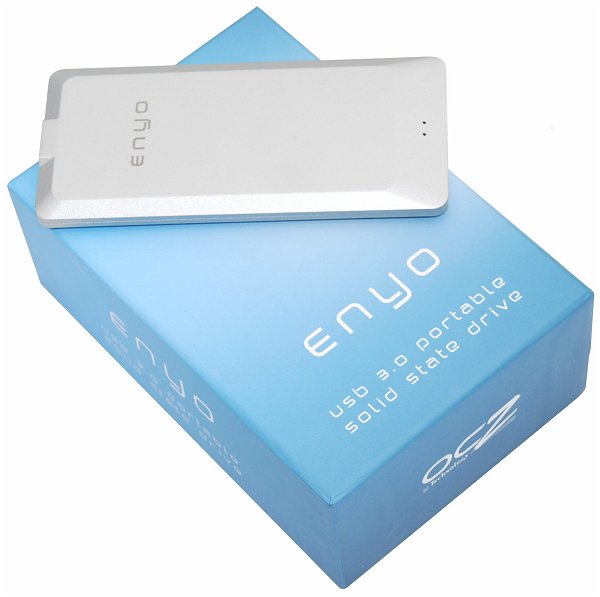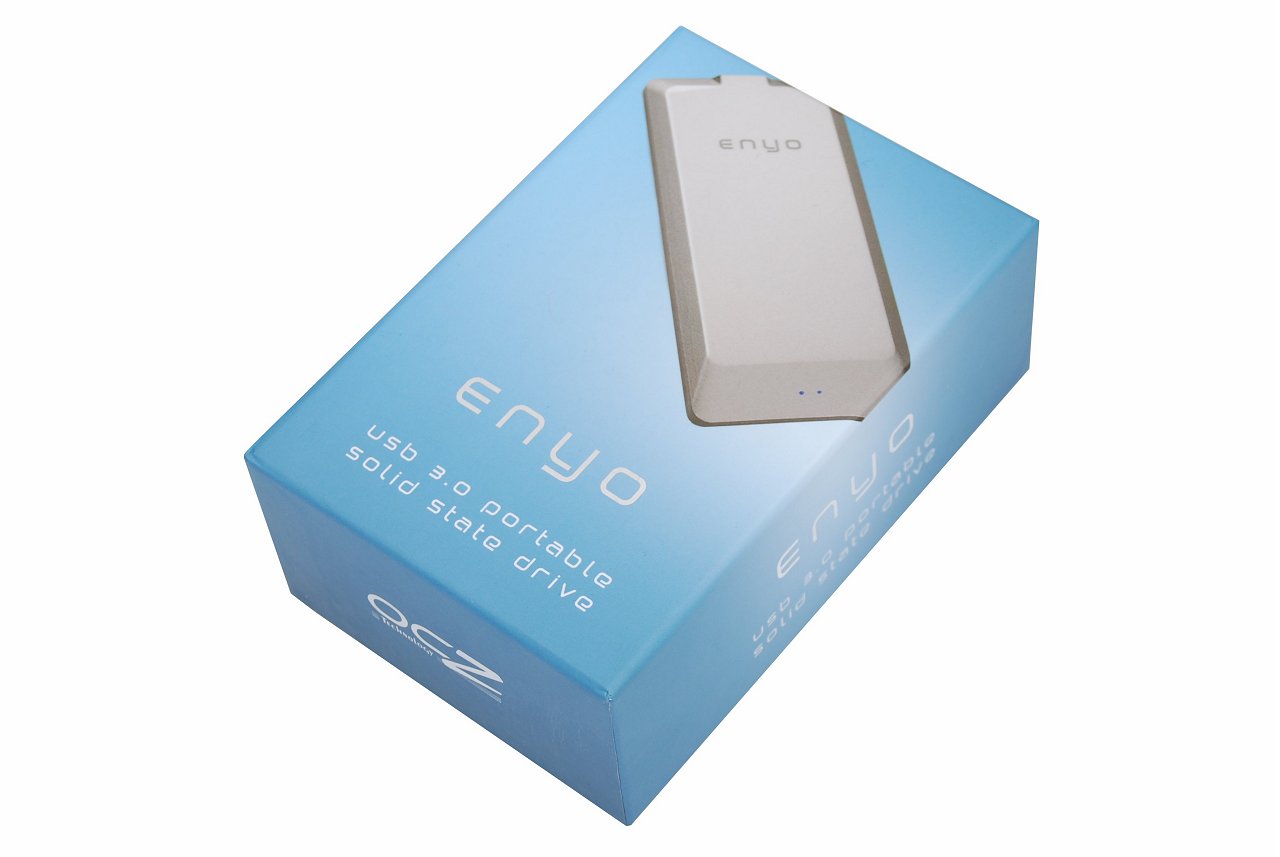Solid-state drives have been around for a few years, but they have only begun to gain some real momentum over the past year or so. Perhaps at a much slower pace than predicted, prices have come down significantly from first-generation products, while capacity and performance has improved dramatically as well. There's still a lot to be made before SSDs can go mainstream, though not all the burden can be placed on them, as supporting interfaces also required an upgrade.
This year marked the beginning of a transition from SATA 3Gb/s to SATA 6Gb/s, with AMD already implementing this technology into their latest chipsets, and from USB 2.0 to USB 3.0. Both have the potential to help drive demand for SSD technology, but we feel the latter in particular is much more overdue, coming at a time when the aging USB 2.0 standard has become tremendously inefficient and is failing to meet today's demands for portable storage.

Although eSATA has tried to answer the call for a faster external interface, it lacks the support, compatibility and flexibility offered by USB. Not many motherboards support the interface, and among those with eSATA connectivity, few provide powered ports, meaning that portable 2.5-inch devices require an external power source to function.
For years we've been stuck in the slow lane, transferring data at around 20MB/s with USB 2.0. Despite the fact that way back in 2007 we were teased with the idea of USB 3.0 at the Intel Developer Forum, the technology is only coming into fruition now. It's very easy to purchase a motherboard supporting the so-called SuperSpeed standard today, with plenty available at under $100, but with no chipset integrating the technology it seems mainstream adoption will have to wait.
To add USB 3.0 support to their products motherboard manufacturers are using a third party controller from NEC, which became available late in 2009. The draw back here is that the controller is often starved of bandwidth on most boards that lack the available PCI Express lanes to accommodate for it correctly. The other glaring omission is the fact that the controller supports just two ports, and neither will be easily accessible at the front of your case.
Nevertheless, with the right motherboard it's still possible to take advantage of newly released USB 3.0 drives – a handful of which are based on speedy SSD technology. Of course when talking about any product and using the words SSD and USB 3.0 in the same sentence, it's fair to assume that it is going to be anything but affordable.
That's the case with the new OCZ Enyo, which costs $220 for just 64GB of storage, while the bigger 128GB and 256GB devices cost $410 and $820 each. If mobility and speed is what you are looking for, however, the Enyo might be worth every penny with its claimed transfer rates of up to 260MB/s for reads and 200MB/s for writing data. We know OCZ has made it their business to be at the forefront of SSD technology, so let's find out if they can live up to their ambitions.
